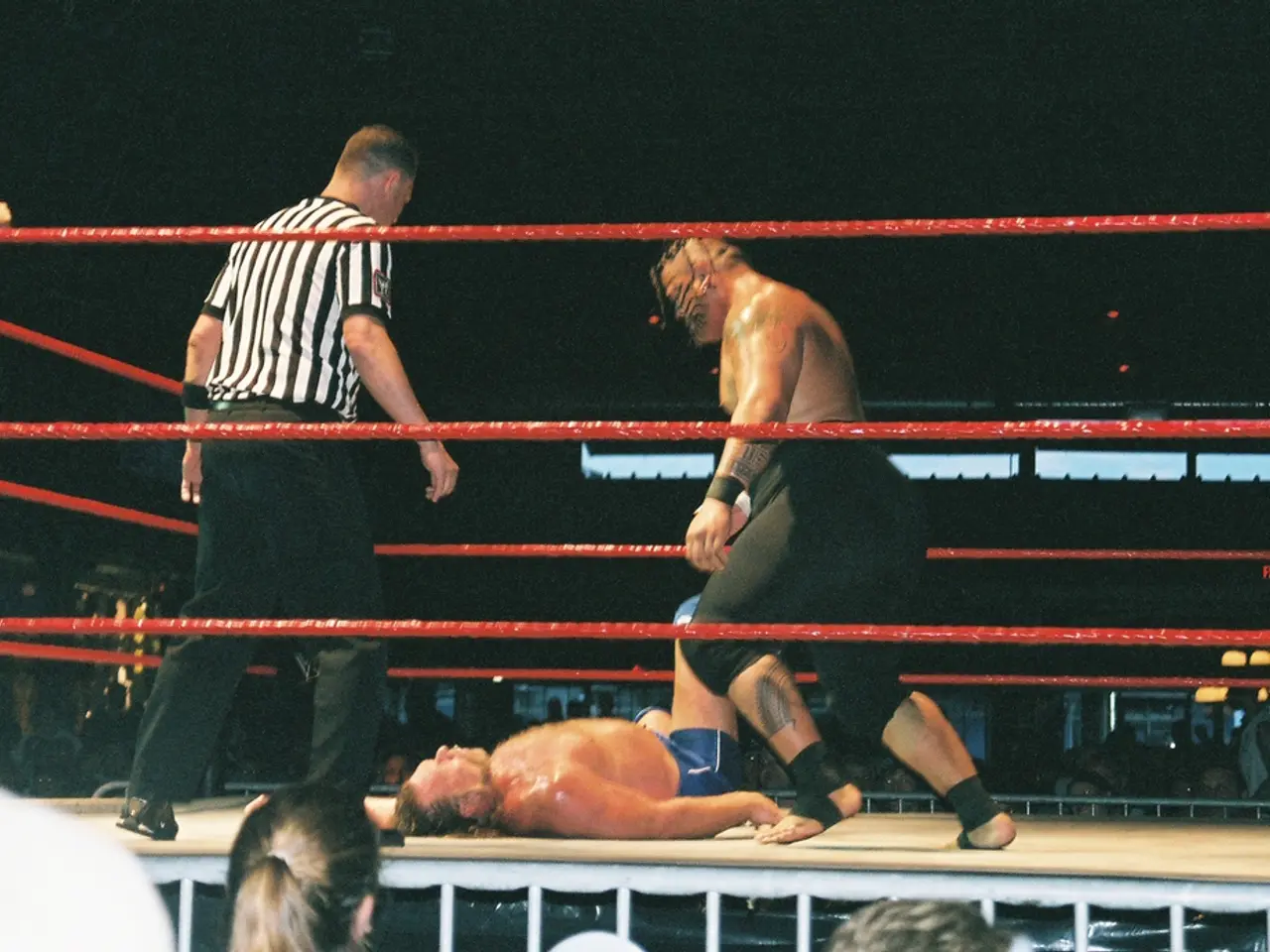Blending Responsibilities Within Fertilizer Production
The US tariffs on phosphate fertilizer imports from multiple countries have caused a notable decline in US import volumes and a rise in domestic fertilizer prices. These tariffs, generally starting as a baseline 10% and rising to as much as 15–30% for some countries, apply to major phosphate exporters like Saudi Arabia, Egypt, Jordan, Israel, Tunisia, and others. However, Russia, a significant fertilizer exporter to the US, maintains a tariff-exempt status for its fertilizer exports to the US.
As a result, phosphate imports to the US have fallen significantly compared to last year. North American phosphate inventories were running low after heavy spring demand, while shipments from countries affected by tariffs dropped. The tariffs do not clearly apply to Russia, which could potentially make Russian phosphate fertilizers relatively more competitive in the US market.
The prices of phosphate fertilizers in North America have increased, with price gauges surging about 35% year-to-date, reflecting supply tightening due to tariffs impacting import volumes and global supply chain pressures.
Meanwhile, the global fertilizer market is adjusting. Producers from tariff-affected countries are redirecting their exports to other markets outside the US, absorbing volumes no longer sold to the US. Thus, global demand outside the US remains relatively robust, mitigating some impacts on producers.
Russia, as a major fertilizer exporter, is uncertain but likely exempt from these broad tariffs. This exemption could potentially make Russian phosphate fertilizers relatively more competitive in the US market compared to other countries facing tariffs. However, detailed confirmation on Russia’s exact tariff status is still unclear.
On other markets, including the FOB Baltic base, prices either remained stable or decreased slightly. Global prices for urea increased by almost 18% in July 2025 due to new protective tariffs on Russian fertilizer imports imposed by the European Union from July 1, 2025. The rates for imports of phosphate fertilizers from Morocco, Saudi Arabia, Egypt, Australia, and Lebanon will be 10%, from Jordan and Israel 15%, and from Tunisia 25%, according to the tariffs announced by U.S. President Donald Trump.
Experts from MMI believe that the potential for further price increases remains due to the upcoming season of fertilizer application in September-November in most countries. S&P Global analysts estimate that more than 80% of ammonium phosphate and triple superphosphate supplies to the U.S. are affected by the new tariffs on phosphate-containing fertilizers. The availability of phosphorus fertilizers in the U.S. remains extremely low, according to analysts.
In summary, the US tariffs on phosphate fertilizers from most exporting countries have realigned global fertilizer trade flows and supply dynamics, with producers reorienting their exports globally to compensate for lost US market share. This situation has led to a decline in US import volumes and a rise in domestic fertilizer prices, while the global market outside the US remains relatively robust.
- Despite the rise in domestic fertilizer prices in North America due to US tariffs on phosphate imports, the prices for urea on other markets, such as the FOB Baltic base, have either remained stable or decreased slightly.
- As a result of the US tariffs on phosphate fertilizers, the global fertilizer market has seen a shift in trade flows and supply dynamics, with some producers redirecting their exports to markets outside the US, such as the European Union, where they may face new protective tariffs.




